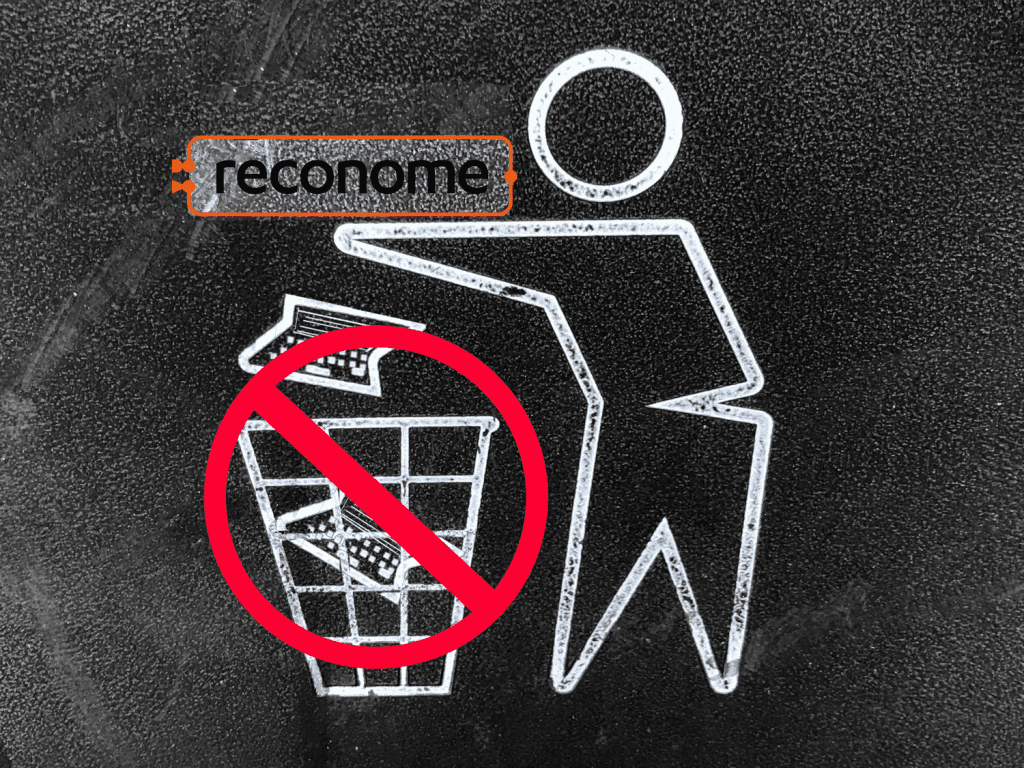Taking steps to achieve zero e-waste goals in your business
From access to actionable data to understanding how your e-waste is processed -mapping your zero e-waste goals is crucial for success

Many companies across the UK are still in the early stages of their e-waste management journey.
Some are proactive, but many more don’t know how to get started. Either because it’s all so new to them, or they are not fully aware of the environmental impact when they dispose of their e-waste. Or, for some, it’s because they need guidance before taking the right steps forward.
Although every company has different strategies for achieving what has become, for many, a zero-carbon footprint goal, e-waste disposal has become an intrinsic part of that overall goal.
It’s a topic we consult on often. We advise that wherever you currently sit in your e-waste disposal journey, you must assess the necessary steps to identify material risks presented by that e-waste, evaluate the actions already taken – then map out a strategy for moving forward.
This article will help you create that map:
Get access to actionable data
When undertaking your mapping process, it is essential to understand the critical elements of e-waste risk, such as downstream supply-chain risks and auditing vendors (such as IT Asset Disposal companies). It is also vital that whether an SME or a large corporation, you have access to actionable data.
By this, we mean answers to questions such as:
What is happening to my redundant IT equipment?
What share gets refurbished?
What share gets recycled, and what share ends up in landfill/or is destroyed?
Do the precious raw material get handed over for further refining or sent back to OEMs?
Why is this important?
Because, as with every area of your business, to succeed, you must ‘know your numbers’ and take the necessary actions to improve them.
Reconome has been working with Brunel University to improve our reporting system further and make our clients’ actionable data accessible online whenever they need it (our reports are currently provided in a pdf format). Each report is ready approximately 30 days from any single collection or to coincide with your quarterly reporting. (Data on the final destination of the inventory will take longer as certain equipment may require time to be responsibly placed back into utility.)
Reconome’s sustainability reporting combines the positive impact of recycling initiatives and green procurement. Our database of device lifecycle emissions is used to calculate an accurate picture of the resulting avoided emissions. The report clearly highlights avoided carbon emissions and diverted waste resulting from responsible disposal. It also includes sustainable procurement and granular data on the downstream path of the equipment.
Following feedback and any requested iterations, the report can be shared internally with your clients and for case studies, white papers, and marketing/PR purposes.
Measure your e-waste stream and its associated costs
Assess whether e-waste is an issue for your business and make sure you understand its impact on achieving corporate zero-waste, carbon-neutral, and climate change goals. Because the only way to understand the impact of e-waste on your company is first to identify the ‘what’ and ‘how much’ – then assess the costs associated with managing these waste streams.
Understand how your e-waste will be processed
The inherent value of electronics means that secondary markets are now key to extracting components for reuse and recycling. Therefore, seek full transparency before you sell your end of life devices and verify you are not adding additional risks or exposure to the environment.
Assess options for circularity
As SMEs and large corporations transition from a linear to a circular economy, some technology companies are aligning with sustainability goals and redesigning products that allow for easier recovery of valuable components that can be reused for future products and easier repairs, extending the life of those products.
You can read more about this in our article Will you embrace The Right to Repair.
While this technology is still evolving, it’s one to look out for as it will undoubtedly positively impact the environment and your bottom line.
Aim to conduct assessments on the lifecycle of the technology you employ and consider how changing suppliers, vendors or business practices can reduce your environmental impact overall.
Plan ahead
E-waste should not always be considered a dirty word! It can also be a valuable resource used to save billions in material costs and significantly reduce carbon footprint. Companies need to discuss how they can harness the value of any existing useful resource when transitioning into a circular economy.
Companies who are ambitious enough to ‘close the loop’ for their products can become market leaders of sustainability, and if they tap into the growing e-waste management market, they could also realise significant cost savings
Make the right decisions
Being part of the circular economy will help build long-term growth. It can also contribute positively to overcoming global challenges like climate change and pollution. But to have a real impact, you must know how you are performing.
To get closer to your zero-carbon goals, you have to understand then mitigate the risks associated with e-waste. Map out a plan that will allow you to harness the value of the circular economy and get actionable data that will enable you to make informed choices.
And, if you’re not currently using a reputable firm for your IT Asset Disposal, one who can provide a full report on where your obsolete electronics will ‘end their life’ (or start a new one) – make that one of your key criteria.
Contact our team now to take your first steps towards mapping your company’s zero carbon goals through responsible IT Asset disposal.
You